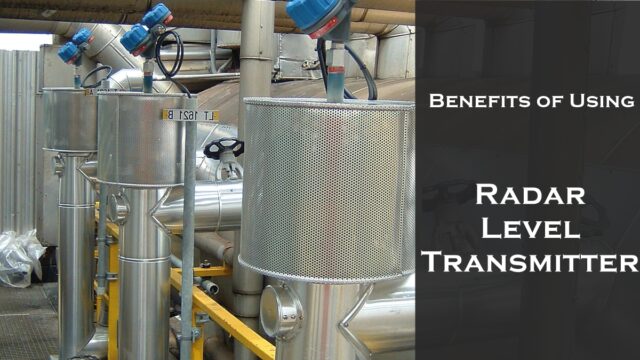The level is now one of the process factors most commonly measured at manufacturing plants. Rate measurements have been used in management schemes for spatial conformation, process management, and visualization. In addition, they are critical for quality control and the enforcement of safety criteria for motor overbuild, leak identification, or dry-run security.
What is the Wave radar level transmitter?
Microwave signals were mostly initiated across a wireless or rod tube, and sometimes even accurately reflected at all by the surface of the product. The capable help to ensure the message moves the medium untroubled. With that whole measurement procedure, fluids, bulk solids are usually calculated in fluids.
Benefits
- Largely depending on the purpose for which you need a level meter, the guided wave radar level transmitter provides many advantages, such as:
- Large Range
- Top fitted with thin measuring mirror
- High resistance to foaming and help build
- Flexible estimation of the interface, without shifting components.
- Precise measurements, independently of electrical conductivity, intensities, and conductivity.
- Getting limited, if any, exposure to the calculated material.
- Installation facility and usability— usually placed on top of that same reservoir, such sensors are easy to set up and uninstall as required.
- Eliminate any necessary re-setup when adjusting the container components.
- For contact-free settings, radar level transmissions are common as they use ultrasonic waves to calculate the vessel’s content or fluid pressure. Microwaves are moderately influenced-if at all-by multiple kinds of compounds, heat requirements, pressures, and condensation, enabling radar level sensors to provide the exact maximum measurement.
- No remuneration is required for adjustments in fluid density, dielectricity, or conductivity.
- The alterations in pressure , heat requirements and also most vapor room requirements do not affect the accuracy of the measurements
- GWR is unchanged by heavy friction or sound waves, so there is virtually no impact on build-up, which means without the need for repositioning.
- GWR detectors are devices that used earlier equipment, including certain capacitance, hydrodynamics, or ultrasonic testing.
- At just the top of a container looking down, a GWR sensor is installed and delivers magnetic waves to the calculated object.
- This makes use of the reflected signal to measure the tank point. The determined signal passes through a transducer that could be constructed from a rigid metal tube, elastic wire, or a fiber optic frame.
- GWR devices are eligible with dangerous zone registration and security-integrity-level rankings.
- The GWR approach also provides advantages in activities that require mud, foam, and intense vapors. In which application calibration is needed, this facilitates the measuring pulse to reach the upper consumer as well as provide analysis of the bottom component.
- The waveguide can indeed be assembled at an angle to implement the edges of a randomly oriented tank, or perhaps even established.
- Installation and operation are pretty compact and simple. The younger breed of GWR transceivers is a strong candidate as a possible market-wide substitute for the pressure gauge transmitter, which is now ingrained.
- GWR deserves recognition for a large range of level measurement applications and is very much an obvious match for several problems and solutions.


